Home>Interior Design>5 Rules For Decorating With Maximalism: An Expert Guide
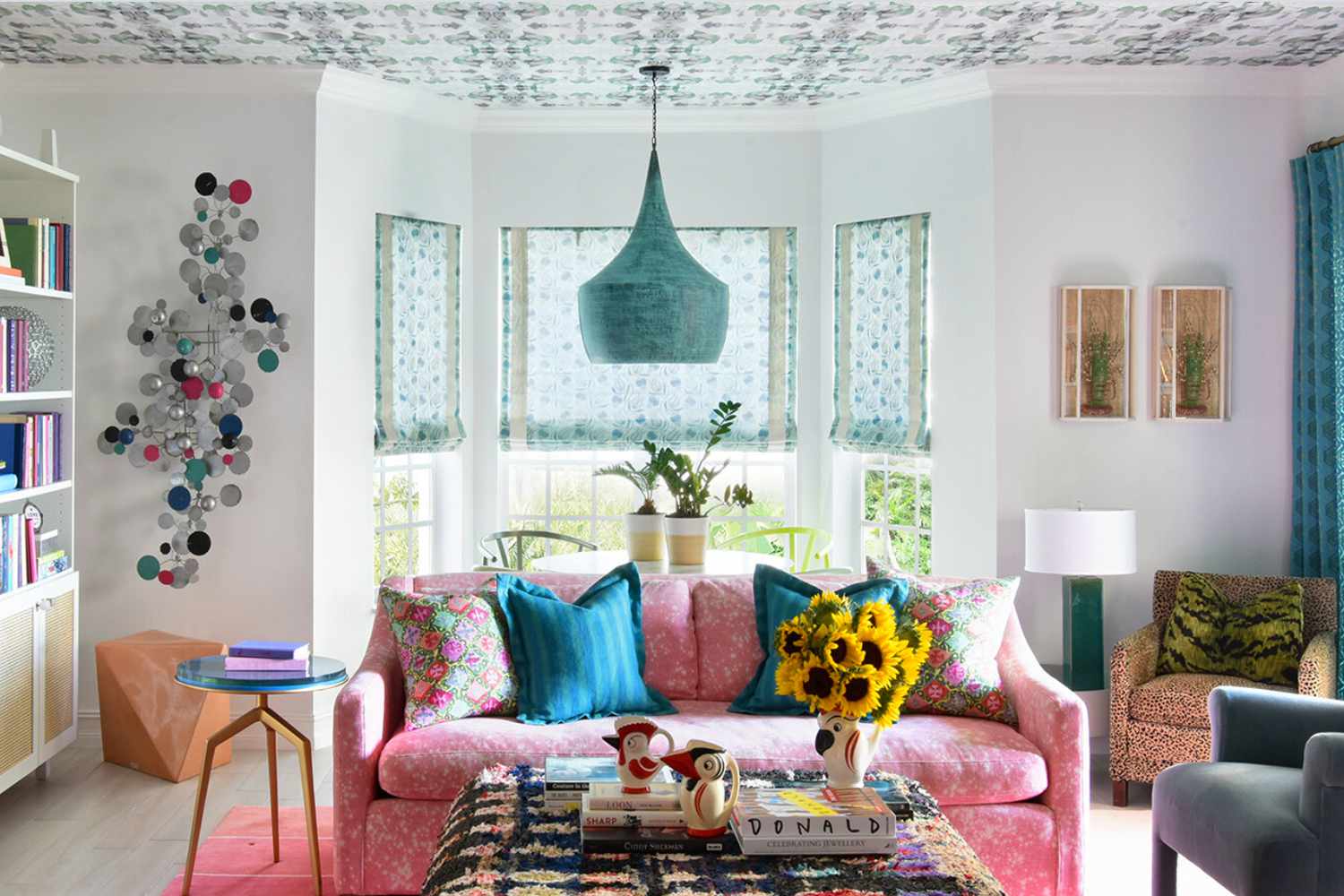

Interior Design
5 Rules For Decorating With Maximalism: An Expert Guide
Modified: February 24, 2024
Discover expert tips and guidelines for embracing maximalism in interior design with our comprehensive guide featuring 5 essential rules. Transform your space with bold patterns, vibrant colors, and eclectic decor.
(Many of the links in this article redirect to a specific reviewed product. Your purchase of these products through affiliate links helps to generate commission for Storables.com, at no extra cost. Learn more)
Introduction
When it comes to interior design, there’s a style that’s making waves in the design world – maximalism. Unlike minimalism, which focuses on simplicity and clean lines, maximalism embraces a more eclectic and vibrant approach to decorating. It’s all about bold colors, mixed patterns, and an abundance of furniture and accessories. While it may seem overwhelming at first, decorating with maximalism allows for creative freedom and self-expression.
In this expert guide, we will explore the five rules for decorating with maximalism. These guidelines will help you create a visually stunning and cohesive space that showcases your unique personality. So, let’s dive in and discover how to transform your home into a maximalist masterpiece!
Key Takeaways:
- Embrace bold colors, mix patterns, and incorporate statement furniture to create a visually stunning maximalist space that reflects your unique personality and style.
- Mix and match different styles, eras, and textures to curate a rich and extravagant maximalist design that celebrates self-expression and creativity.
Rule 1: Embrace bold colors and patterns
One of the key elements of maximalism is the use of bold colors and patterns. Unlike more subdued color palettes often found in minimalist designs, maximalism thrives on vibrant hues and eye-catching patterns. This rule encourages you to step out of your comfort zone and embrace the power of color to create a visually stimulating space.
When incorporating bold colors, consider choosing a base color that sets the tone for the room. This color will serve as the foundation and can be used on larger furniture pieces or walls. From there, you can introduce pops of bright and contrasting colors through accessories, such as throw pillows, rugs, or artwork. Don’t be afraid to mix and match colors – maximalism celebrates the unexpected combinations.
In addition to colors, patterns play a crucial role in maximalist design. Mixing different patterns can add depth and visual interest to a room. From geometric and floral prints to animal and tribal patterns, the key is to find a balance between the different patterns. One way to achieve this is by selecting one dominant pattern and complementing it with smaller-scale patterns. For example, if you have a bold floral print on your sofa, pair it with smaller geometric or striped patterns on accent chairs or cushions.
Remember, the key to successfully embracing bold colors and patterns is to create a cohesive look. Have a common thread that ties all the elements together, whether it’s a shared color palette, similar tones, or complementary patterns. This will ensure that your maximalist space feels intentional and visually appealing.
Rule 2: Mix and match different styles and eras
In maximalist design, there are no strict rules when it comes to sticking to a particular style or era. Instead, the beauty lies in the ability to blend different styles and eras seamlessly. This rule encourages you to break free from the constraints of traditional design norms and embrace a more eclectic approach.
When mixing different styles and eras, start by identifying the design elements you love from each. Perhaps you’re drawn to the elegance of Victorian furniture, the sleek lines of mid-century modern pieces, or the rustic charm of farmhouse decor. Use these elements as a starting point to curate a collection of furniture and accessories that reflect your unique taste.
Don’t be afraid to experiment with contrasting styles and eras. For example, pair a vintage-inspired velvet sofa with a contemporary glass coffee table. Mix industrial metal chairs with a farmhouse-style dining table. The key is to find a balance between old and new, traditional and modern, to create a harmonious and visually intriguing space.
Additionally, consider incorporating unexpected elements from different cultures and regions. This can add an exotic touch to your space and create a sense of worldly charm. For example, you can display Moroccan rugs, African artwork, or Japanese-inspired screens. Mixing these elements with your existing decor will bring depth and interest to your maximalist design.
Remember, the key to successfully mixing and matching different styles and eras is to maintain a sense of cohesion. Look for common threads or elements that tie the room together, such as color palettes, textures, or shapes. This will ensure that your maximalist space feels intentional and curated, rather than chaotic.
Rule 3: Incorporate statement furniture and accessories
In maximalist design, it’s all about making a statement. This rule encourages you to incorporate furniture and accessories that command attention and become focal points in your space. These statement pieces not only add visual interest but also reflect your personality and style.
When it comes to statement furniture, think bold and unconventional. Look for pieces with unique shapes, vibrant colors, or luxurious materials. A velvet tufted sofa, a sculptural chair, or an ornate baroque-inspired sideboard can instantly become a centerpiece in your room. These statement furniture pieces not only add personality but also serve as conversation starters.
In addition to furniture, accessories play a crucial role in maximalist design. Look for items that stand out and add a touch of drama to your space. This can include oversized artwork, ornate mirrors, decorative lighting fixtures, or even a grand chandelier. By incorporating these statement accessories, you create visual focal points that draw the eye and add depth and texture to your room.
When incorporating statement furniture and accessories, it’s important to strike a balance. While maximalism celebrates abundance, too many statement pieces in one space can create a cluttered and overwhelming look. Select a few key pieces that truly speak to you and enhance the overall aesthetic of your room. The rest of your decor can serve as supporting elements that complement and accentuate these statement pieces.
Remember, statement furniture and accessories should be strategically placed to create a sense of balance and harmony in your space. Use them as anchors or focal points around which you arrange the rest of your furniture and decor. This will help create a visually engaging and cohesive design that reflects your personal style.
When decorating with maximalism, don’t be afraid to mix patterns and textures for a bold and eclectic look. Just make sure to balance the overall composition to avoid overwhelming the space.
Rule 4: Create eclectic displays and collections
One of the hallmarks of maximalist design is the opportunity to showcase your eclectic taste and personal collections. This rule encourages you to curate displays and collections that reflect your interests, travels, and unique finds.
When creating eclectic displays, think beyond traditional wall art and shelves. Consider using unconventional spaces such as the top of a bookshelf, a mantel, or even an empty corner. Use a mix of items, including artwork, vintage photographs, sculptures, plants, and curiosities. Arrange them in an organic and visually appealing manner, playing with heights, textures, and colors.
If you have a collection of items, whether it’s vintage cameras, ceramic vases, or antique books, showcase them proudly. Group them together to create a curated display that becomes a conversation piece. The key is to find a common thread or theme that ties your collection together, whether it’s color, material, or subject matter.
Don’t be afraid to mix different styles and eras within your displays and collections. The beauty of maximalism lies in creating unexpected and interesting combinations. For example, pair a tribal mask with a modern sculpture or display a collection of antique teacups alongside contemporary artwork.
In addition to creating eclectic displays, consider adding layers and textures to your collections. Use different textures in the form of textiles, like lush fabrics, fringed throws, or embroidered cushions. Incorporate natural elements such as plants or dried flowers to add a touch of freshness and bring life to your displays.
Remember, the key to creating eclectic displays and collections is to incorporate items that hold personal meaning to you. They should tell a story and ignite joy every time you look at them. Have fun curating your unique arrangements and let your creativity shine.
Rule 5: Layer textures and materials for a rich and extravagant look
In maximalist design, texture and material play a significant role in creating a luxurious and visually captivating space. This rule encourages you to layer different textures and materials to add depth, richness, and a touch of opulence to your interiors.
When it comes to textures, think beyond just fabrics. Consider incorporating textured materials like velvet, faux fur, leather, or even intricately carved wood. These materials add tactile interest and create a sense of luxury. Mix and match different textures throughout your space – have a velvet sofa paired with a fur throw, plush cushions, and a leather ottoman.
Layering textures extends beyond furniture and fabrics. Think about incorporating textured wall coverings like grasscloth or embossed wallpaper. Add depth to your floors with plush rugs or patterned tiles. Even ceilings can play a part by incorporating decorative moldings or embossed patterns.
Alongside textures, consider layering different materials to add visual interest. Mix metals like brass, copper, and gold for a glamorous touch. Incorporate natural materials like wood, stone, or marble to bring an organic element to your space. Combining these contrasting materials creates a dynamic and visually stimulating environment.
When layering textures and materials, it’s important to create a sense of balance and cohesion. Consider the overall color palette and ensure that the different textures and materials complement each other. Aim for a harmonious blend rather than a chaotic mishmash.
Remember, the goal with layering textures and materials is to create a rich and extravagant look. Think about creating a sensory experience – from the touch of the textures to the visual impact of the materials. Let your imagination run wild and experiment with different combinations to achieve a truly maximalist aesthetic.
Conclusion
Decorating with maximalism allows you to unleash your creativity and create a truly unique and visually captivating space. By embracing bold colors and patterns, mixing different styles and eras, incorporating statement furniture and accessories, creating eclectic displays and collections, and layering textures and materials, you can transform your home into a maximalist masterpiece.
Maximalism is all about embracing abundance, expressing your personal style, and creating a space that reflects your personality and passions. It encourages you to break free from conventional design norms and revel in the joy of self-expression.
As you embark on your maximalist design journey, remember to find a balance between the various elements. While maximalism celebrates an abundance of colors, patterns, and decor, it is essential to create a sense of cohesion and harmony within the space. Look for common threads that tie the room together, whether it’s a shared color palette, complementary shapes, or a unifying theme.
Ultimately, decorating with maximalism is about creating a space that brings you joy and makes you feel alive. It’s about surrounding yourself with the things you love and creating a visually stimulating environment that sparks conversations and inspires you daily.
So, embrace the bold, mix and match with confidence, display your eclectic collections proudly, and indulge in textures and materials that add richness to your space. Let your creativity soar and create a maximalist haven that is as unique and vibrant as you are.
Frequently Asked Questions about 5 Rules For Decorating With Maximalism: An Expert Guide
Was this page helpful?
At Storables.com, we guarantee accurate and reliable information. Our content, validated by Expert Board Contributors, is crafted following stringent Editorial Policies. We're committed to providing you with well-researched, expert-backed insights for all your informational needs.
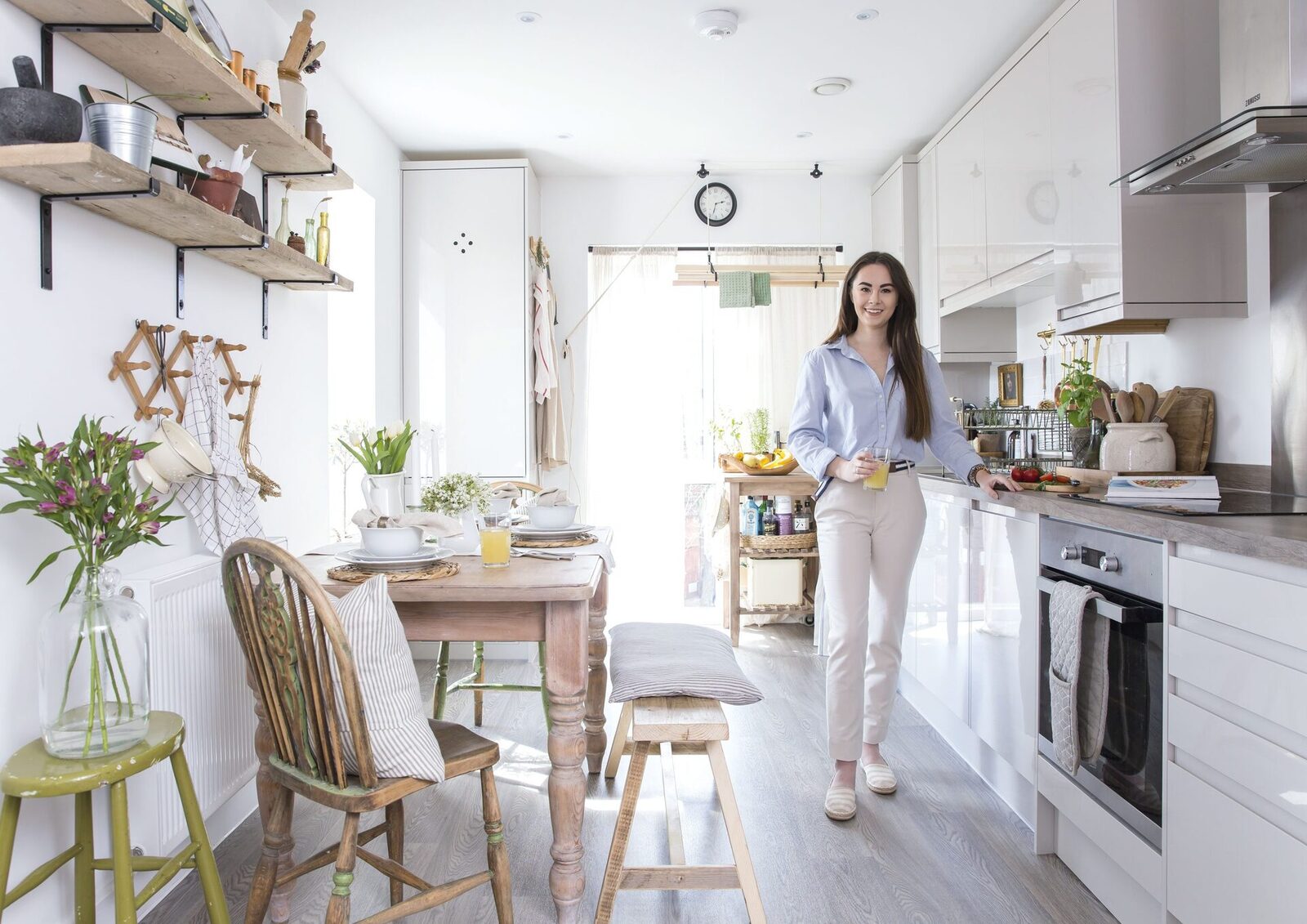
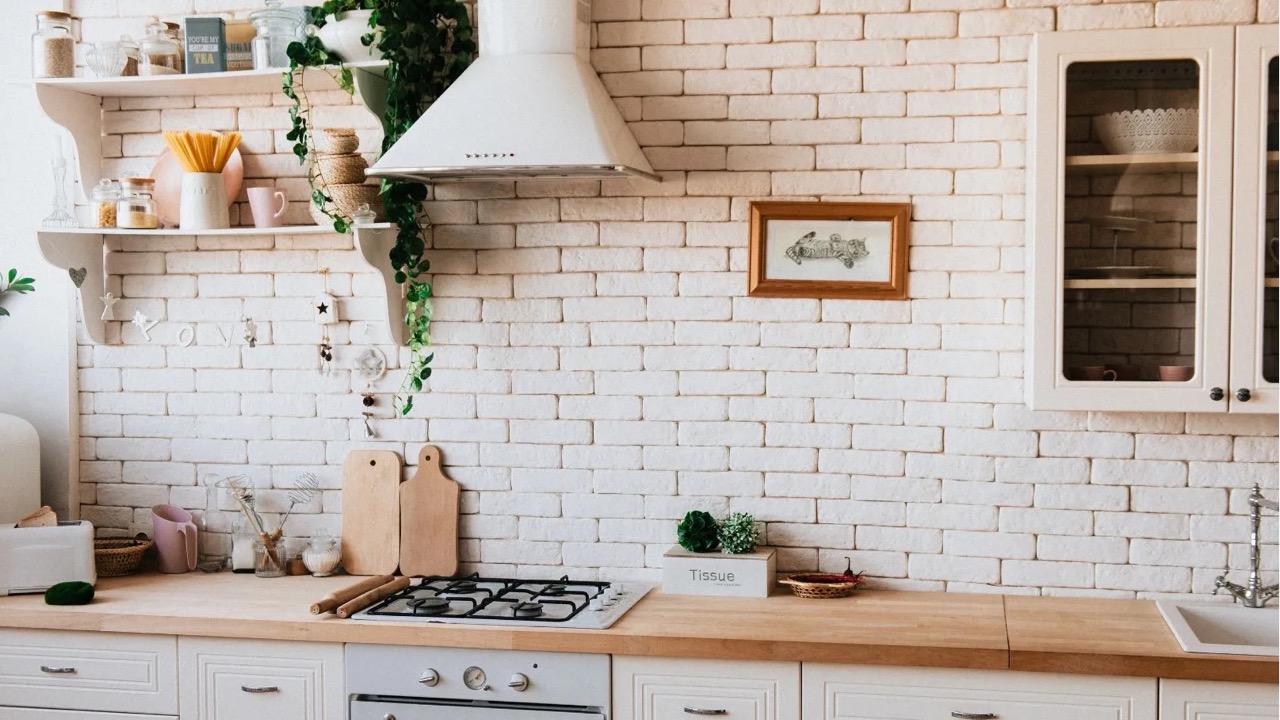
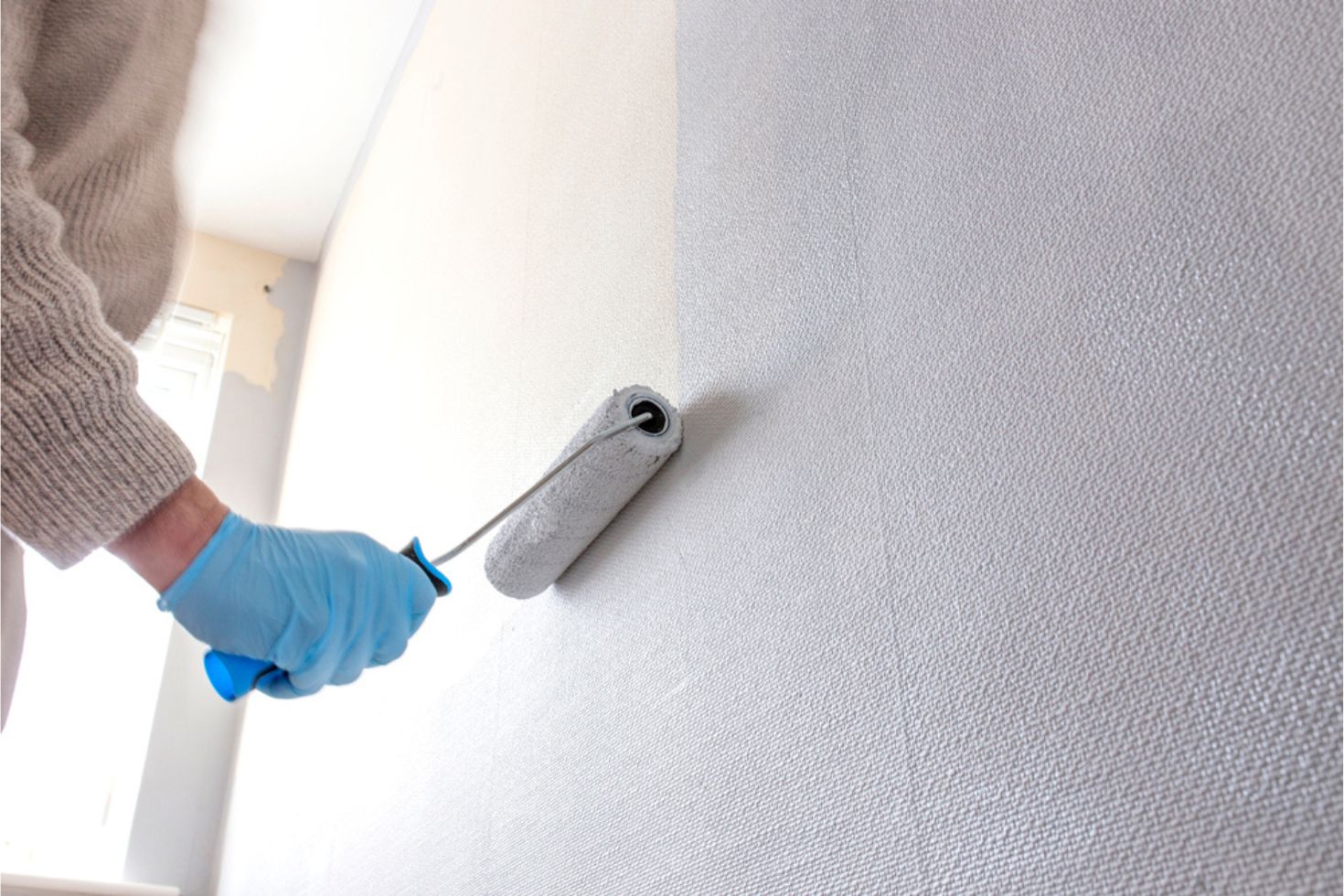


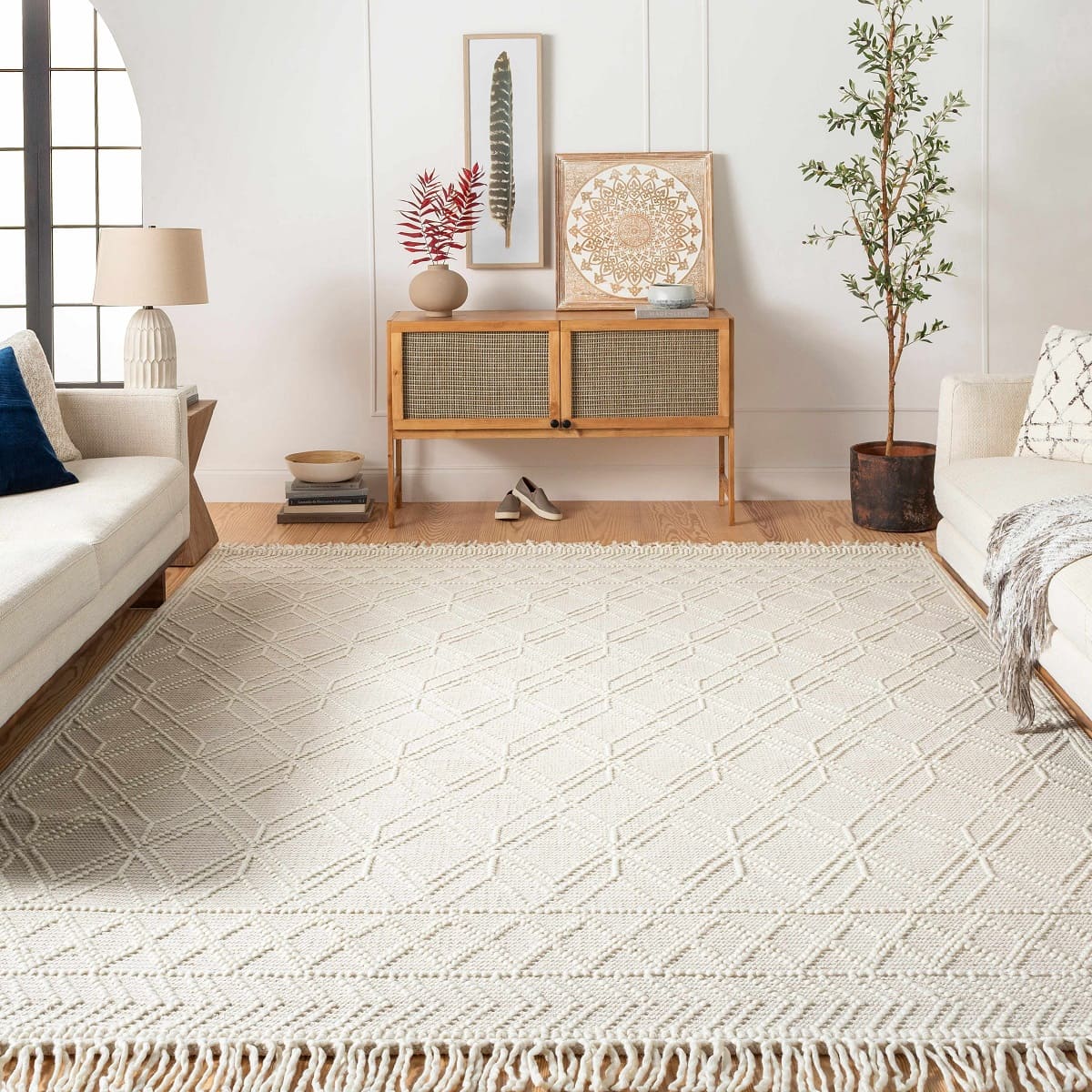
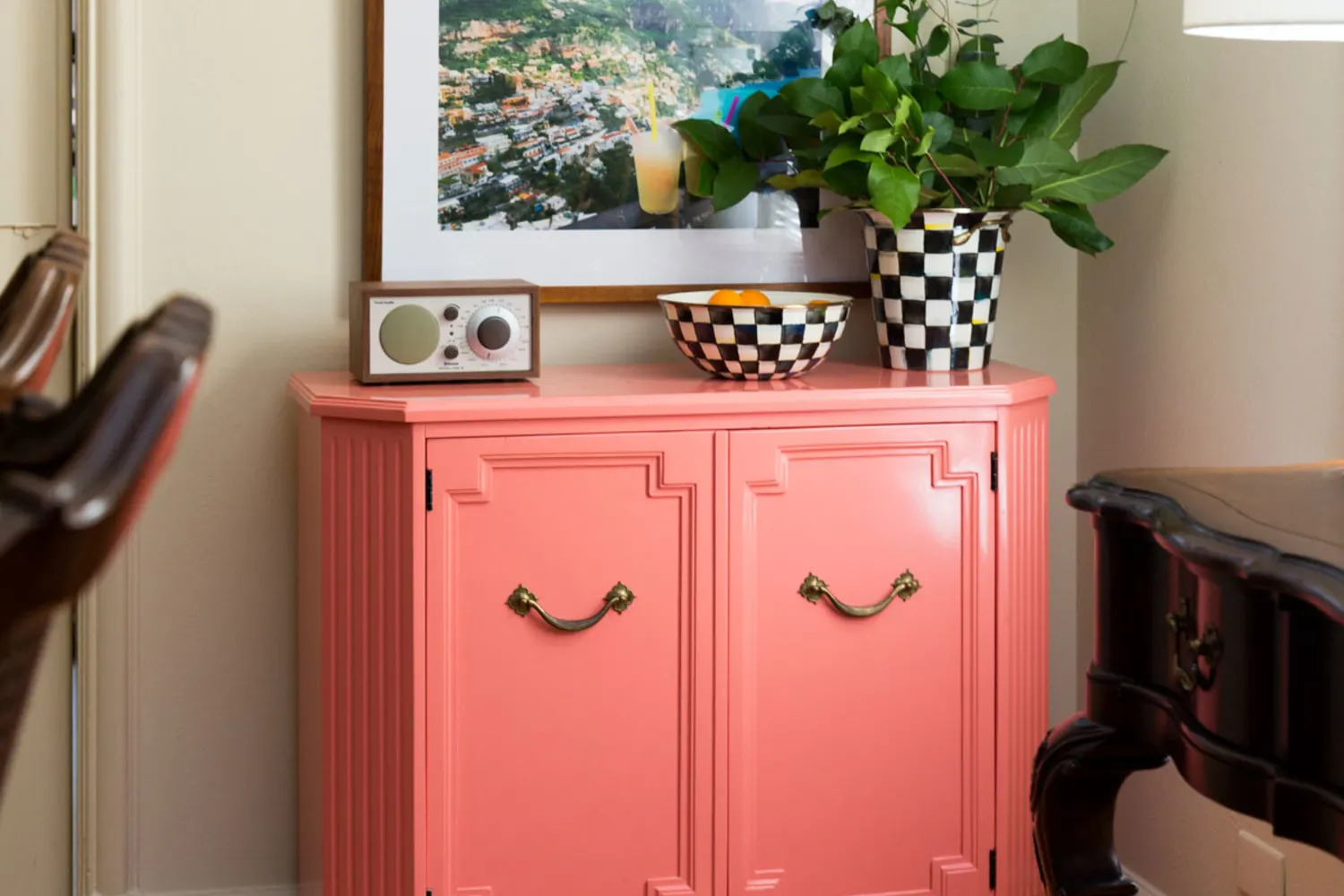
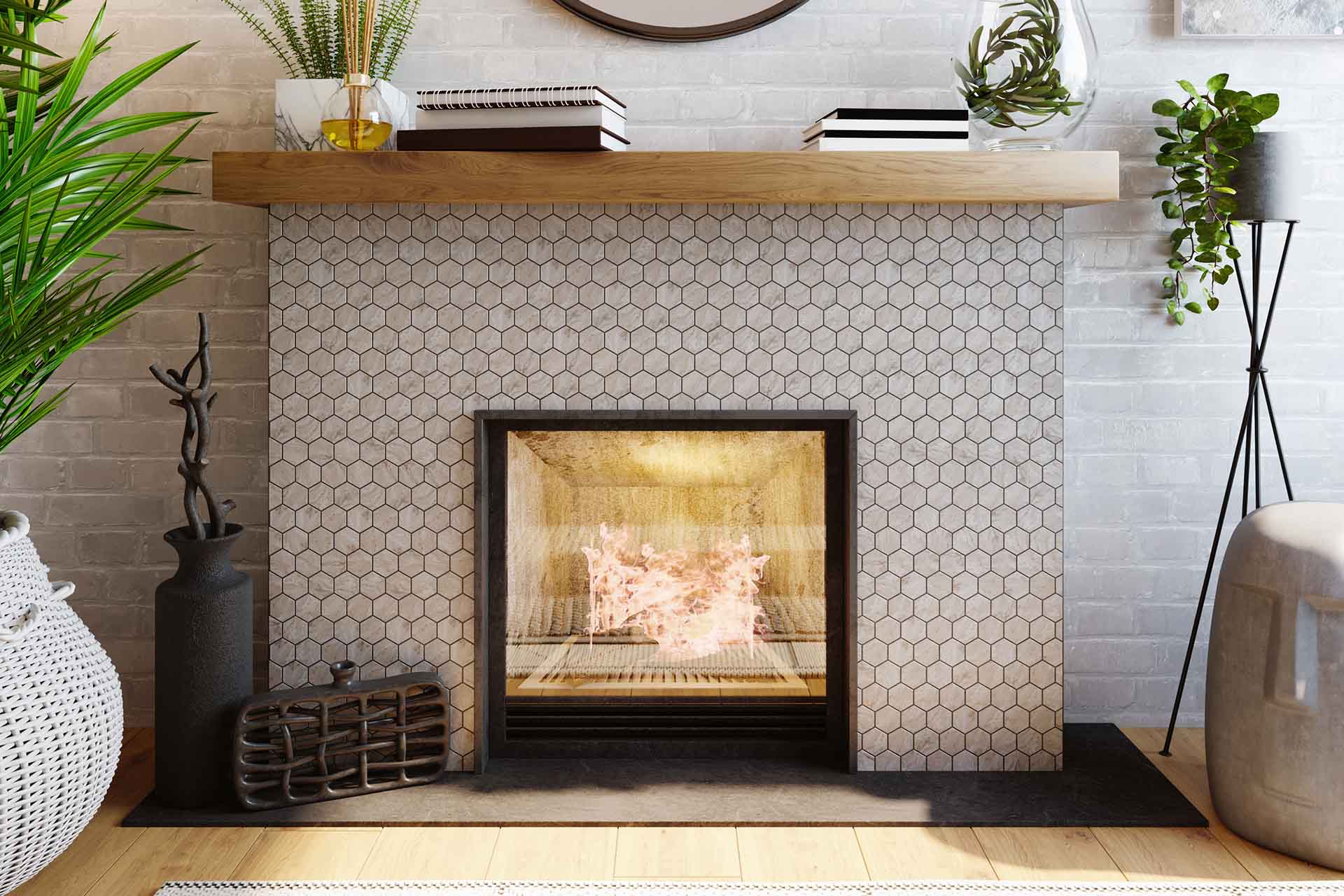
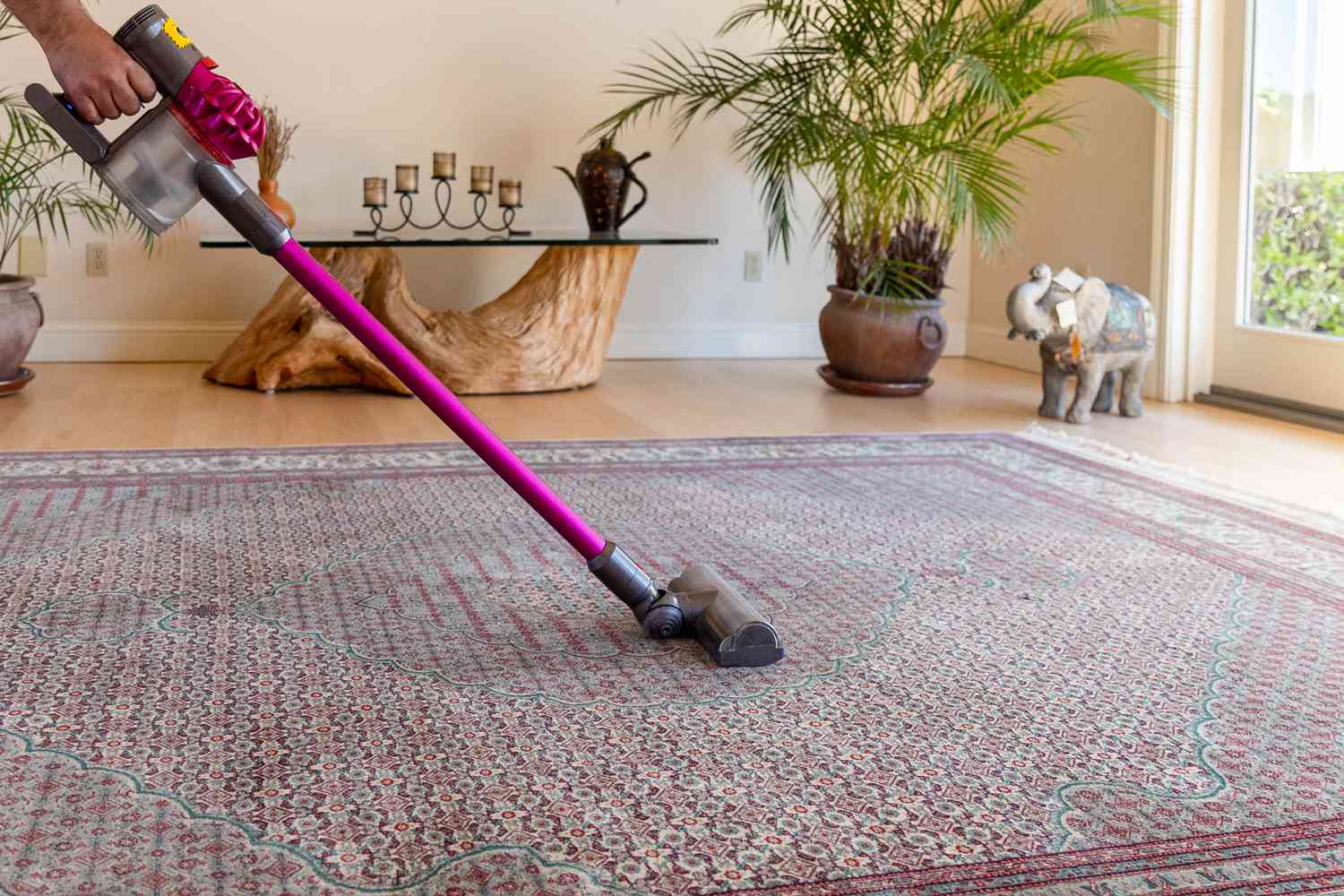

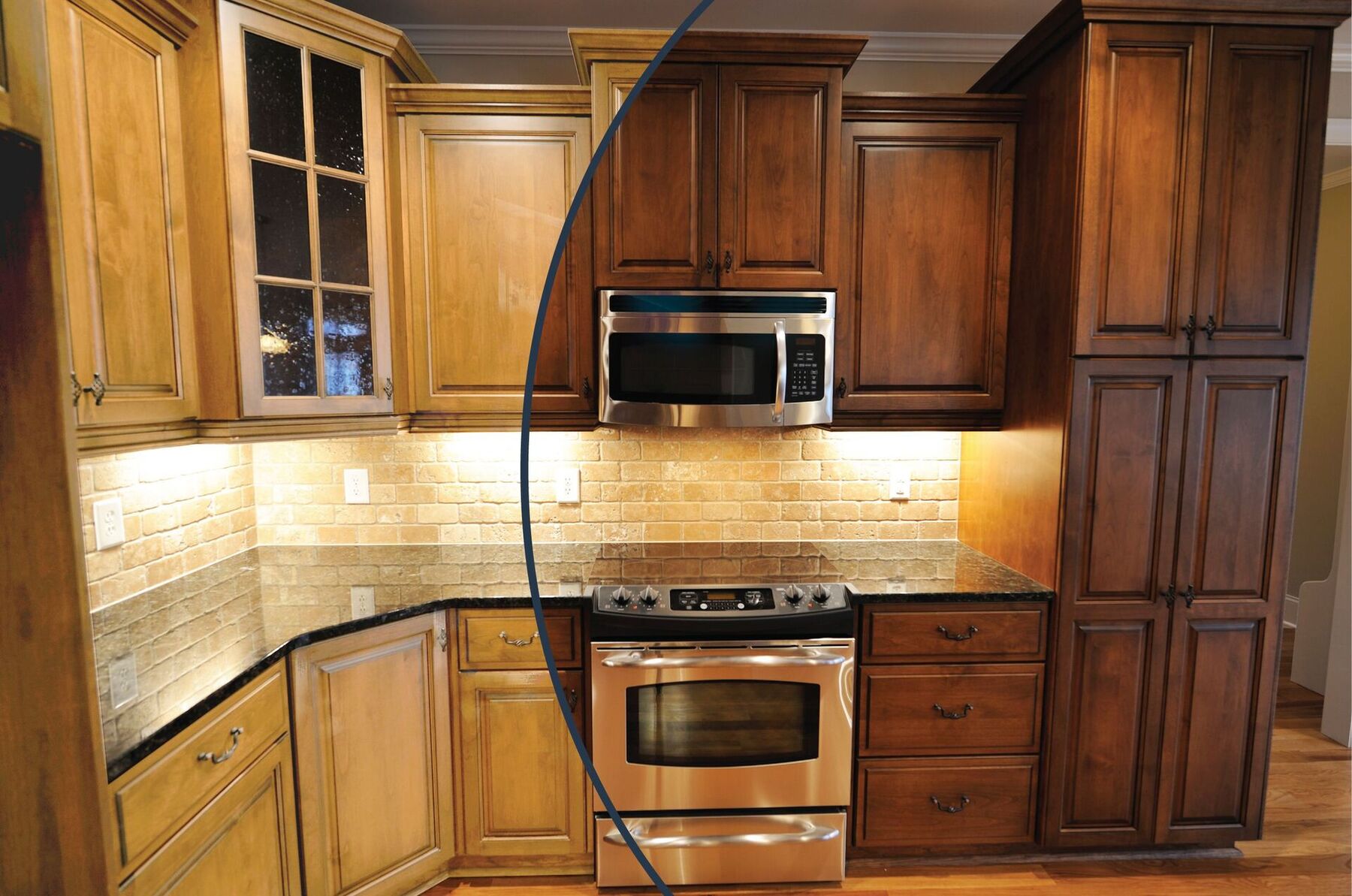
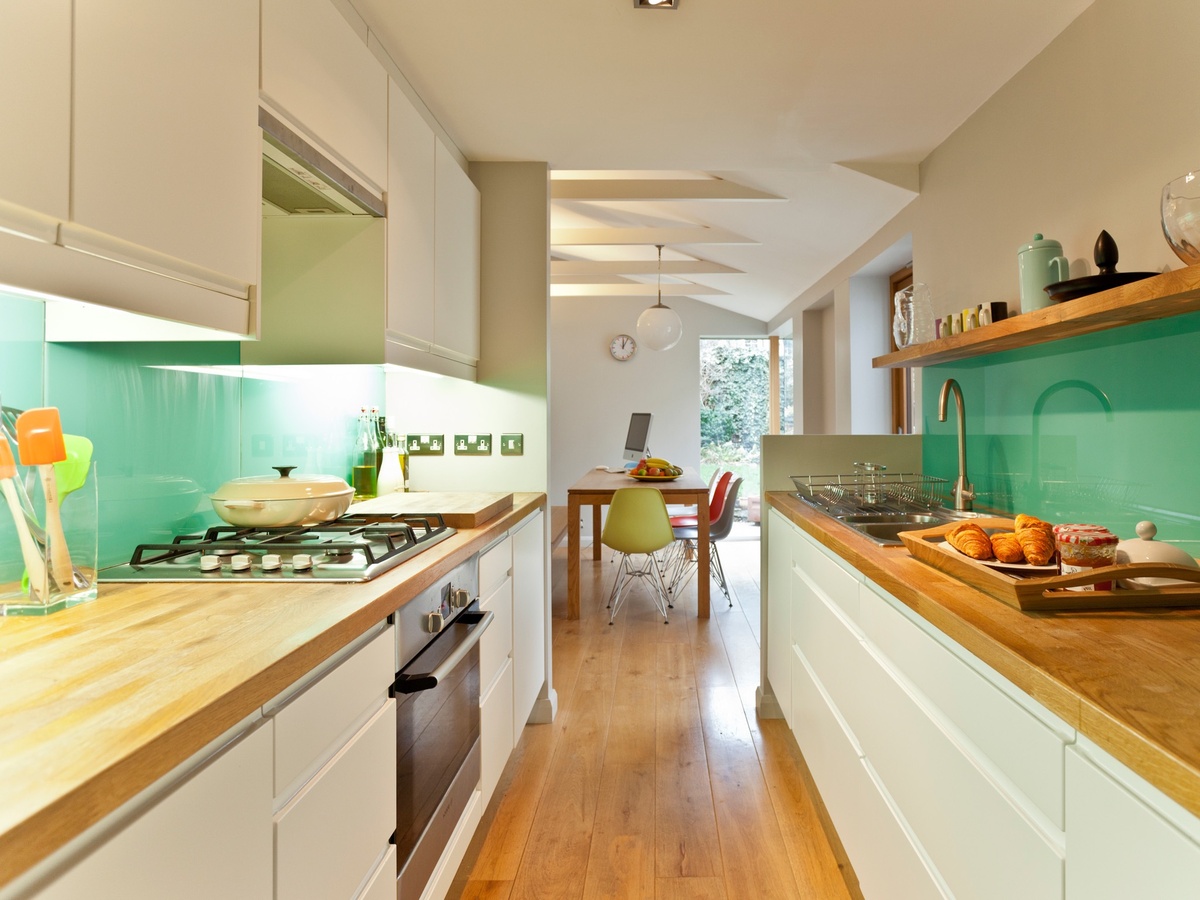
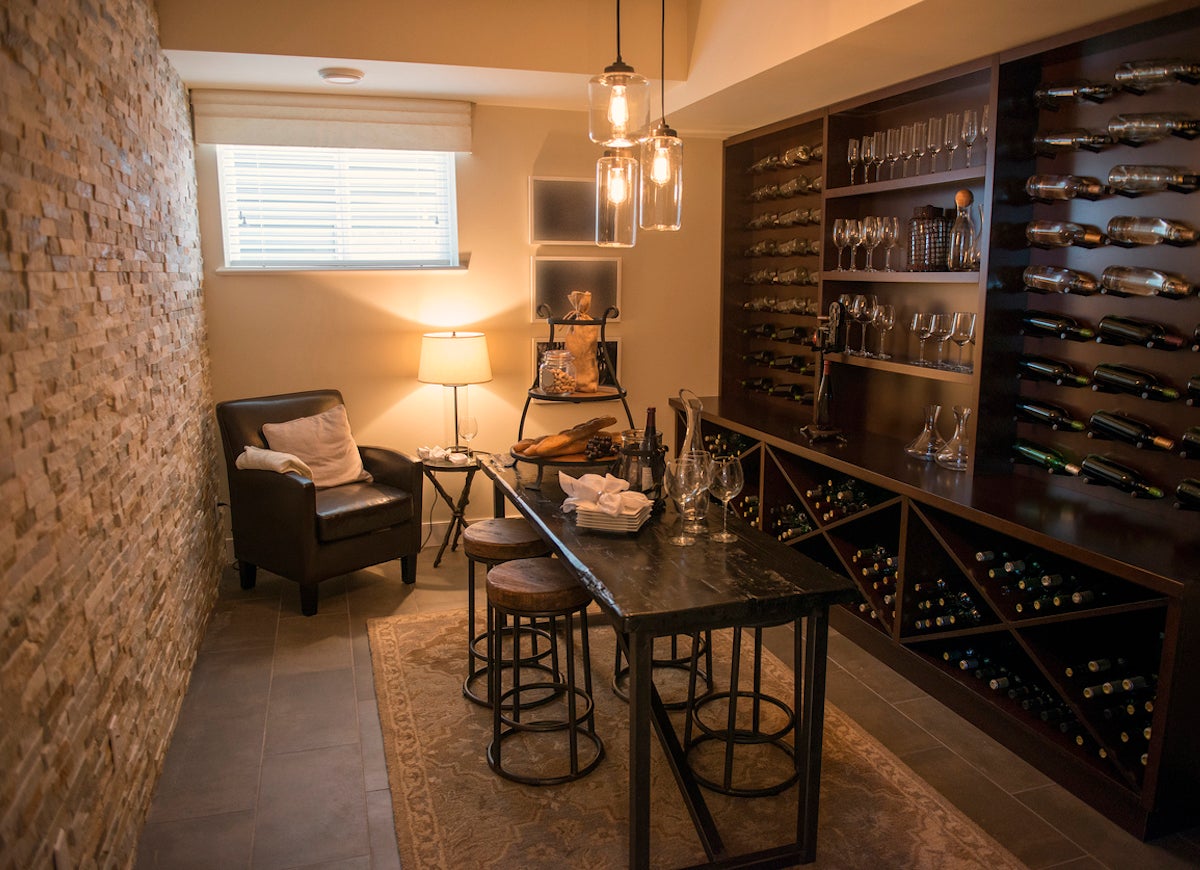
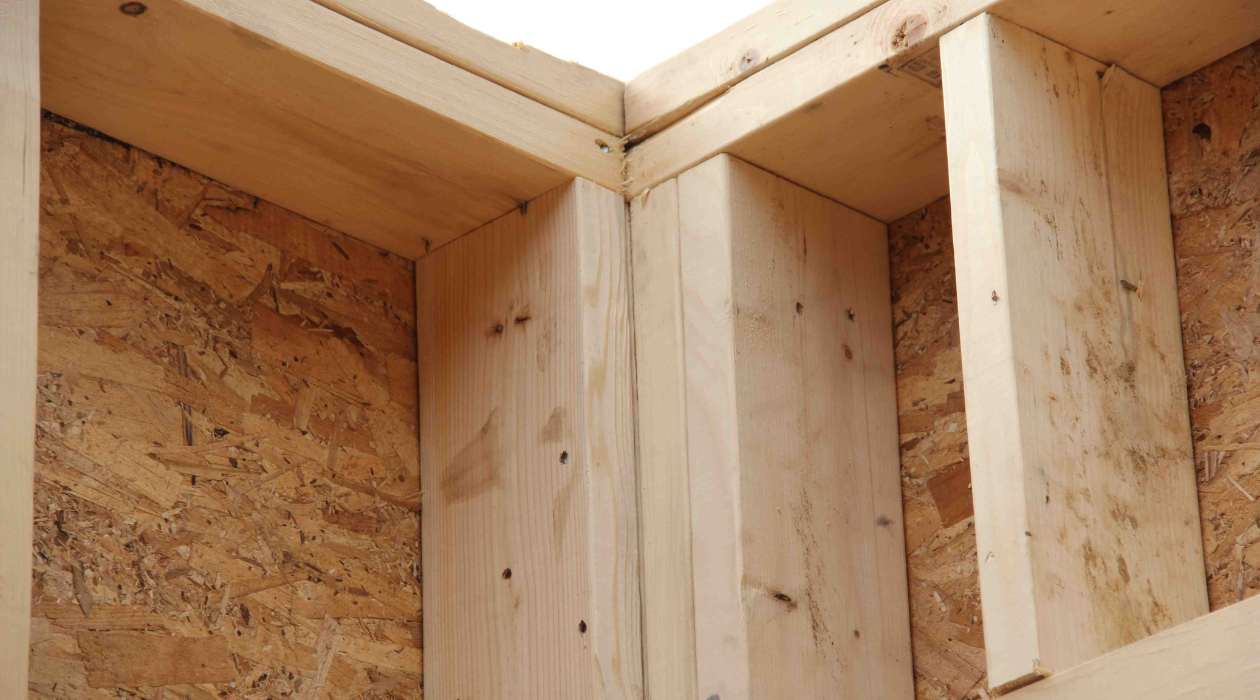

0 thoughts on “5 Rules For Decorating With Maximalism: An Expert Guide”